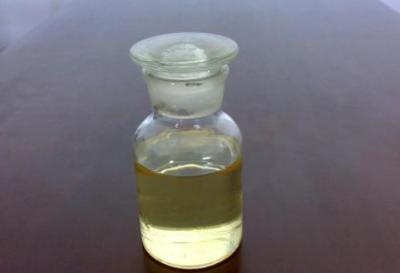Textile fabric pretreatment is a necessary process that cannot be ignored if achieving quality dyeing and printing results is the goal. Pretreatment involves the preparation of textile products before the actual dyeing or printing process takes place. During the pretreatment process, several treatments are conducted to ensure that the textile is clean, devoid of impurities, and ready for the next chemical application.
The significance of textile fabric pretreatment on the dyeing and printing processes cannot be overstated. Different pretreatment methods are utilized depending on the type of fiber and process. Next, we will discuss the impact of textile fabric pretreatment on the dyeing and printing processes.
Improves the Quality of Fabric
Textile fabrics are pre-treated to remove dirt, dust, and any impurities such as wax, grease, and sizing agents that may have been used during fabrication. These impurities on the fabric surface form a barrier that can prevent dyes and pigments from adhering to the fabric. If textile fabric is not properly pre-treated, the dyes may not penetrate the surface of the fabric evenly, leading to uneven dyeing.
However, when the textile fabric is pretreated, the impurities are removed, making the fabric surface more receptive to the dye or pigment. The improved quality of fabric resulting from pretreatment ensures that there are no areas of uneven fibers or spots that could spoil the final design.
Ensures Even Dyeing
Even dyeing is one of the major benefits of textile fabric pretreatment. It is essential to achieve consistent color levels in textile printing and dyeing processes. Even small differences in shade, due to uneven dyeing, can render an entire batch of fabric unusable. In the pretreatment process, the fabric is treated with a solution that ensures an even surface area for dyeing, facilitating the penetration of dyes through the entire textile fiber. Proper pretreatment also provides coverage of color while maintaining fastness and evenness in dyeing.
Achieves Longer Durability
Proper pretreatment of textile fabric ensures that the dye or pigment adheres to the fibers uniformly, making it more resistant to fading, washing, rubbing, and other forms of abrasion. An adequately pretreated fabric will also maintain its color over a more extended period, and other factors (such as color fastness); it ensures that the fabric's color is durable. Garments and fabrics that have undergone pretreatment will last longer, and their colors will remain bright and vibrant, particularly when compared to poorly pretreated fabric.
In conclusion, textile fabric pretreatment profoundly impacts the dyeing and printing processes, and it should occur at least once. It ensures that fabric surfaces are clean and free of impurities, achieves uniform dyeing, and a longer-lasting product. Proper pretreatment provides a strong and stable foundation for the dyeing process, allowing for the application of dyes and pigments that adhere to the fabric evenly and remain there, providing outstanding results. By utilizing pretreatment before the dyeing and printing of textiles, manufacturers can ensure better quality and more durable textile products that can last for years to come.



 English
English  日本語
日本語  Español
Español  tiếng việt
tiếng việt  Türkçe
Türkçe  ไทย
ไทย  українська
українська  हिंदी
हिंदी  বাঙালি
বাঙালি  اردو
اردو 


